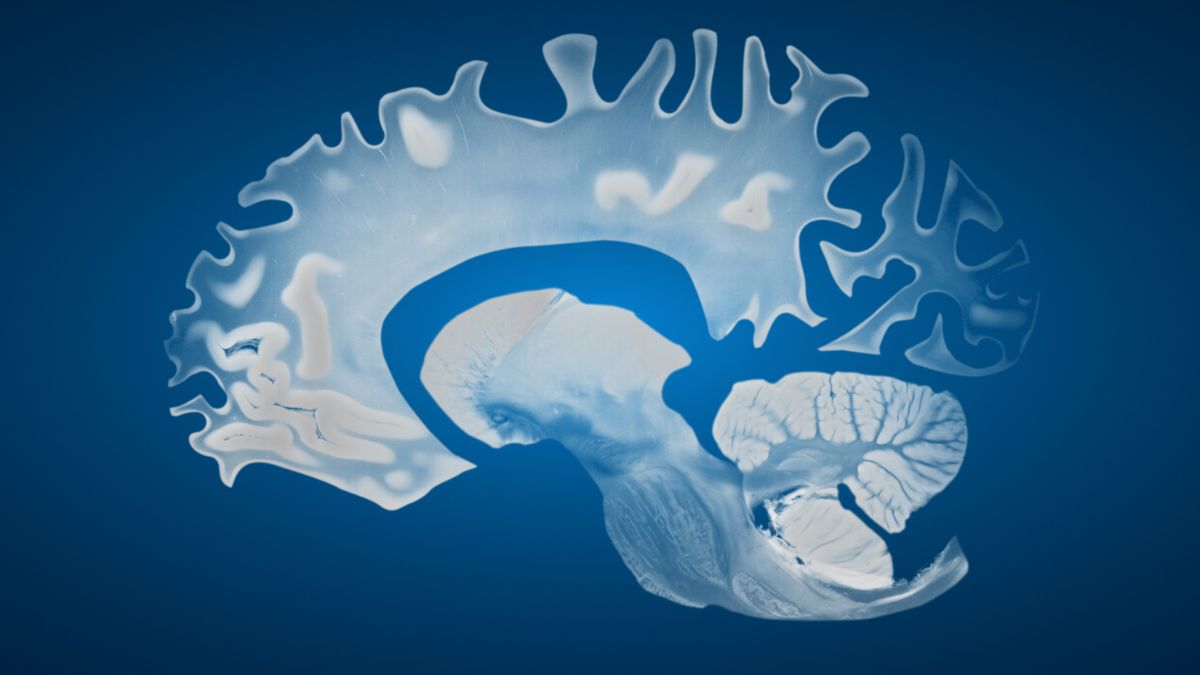New evidence has found that male brains really may shrink faster than female brains with age.
Among 4,726 participants with healthy cognition, brain scans have revealed “modest yet systematic sex differences” in how neurological tissue wastes away.
The human brain naturally shrinks as we get older, and those who die with Alzheimer’s disease have brains that show drastic volume losses.
Women are diagnosed with Alzheimer’s at twice the rate of men, but surprisingly little is known about how a person’s sex impacts their brain volume as they age.
As it turns out, the female brain may actually lose gray and white matter at a slower rate than the male brain.
Related: Men And Women May Respond Differently to Latest Alzheimer’s Drugs
“If women’s brains declined more, that could have helped explain their higher Alzheimer’s prevalence,” co-author Anne Ravndal, a neuroscientist at the University of Oslo in Norway, told Nature journalist Rachel Fieldhous.
Ravndal and an international team of researchers pulled together more than 12,000 brain scans, collected over the years from participants aged 17 to 95. Each individual had at least two brain MRIs, with an average interval of about 3 years between them.
After controlling for sex-based differences in brain size, the team found that men showed a decline in a greater number of brain regions, including many parts of the cortex, in older age.
Meanwhile, women showed a decline in fewer regions, and the thickness of their cortex was less altered with age.
The findings suggest that there are real sex differences in the biology of aging, but the results should be interpreted with caution, the authors note, as far more research is needed.
Despite extensive investigation into the biology of the aging brain, there remains an extreme sex bias in the field. In 2019, only 5 percent of published studies in neuroscience or psychiatry considered the influence of sex.
Inconsistent findings abound. Today, it remains unclear whether men and women differ in the extent or speed of brain decline.
Some studies show steeper declines in gray and white matter among men, while others show steeper declines among women.
The new research, led by researchers at the University of Oslo in Norway, sought to clear up the picture. Between the sexes, researchers found sex-based differences in total brain volume, subcortical brain volume, cortical thickness, and surface area, among dozens of other measurements.
What these losses mean for cognitive function requires further research. Scientists are only just starting to understand how brain shape is linked to disease, and some studies suggest that shrinkage can sometimes be helpful.
The location of volume loss can certainly give important clues. Surprisingly, Ravndal and colleagues found no difference in volume changes to the hippocampus – a neural hub for memory and learning closely involved in dementia.
Only in older age did women in the study begin to show a faster decline in the hippocampus, once their relative life expectancy was taken into account. But this may simply be a delay in aging: a product of women living longer than men and not necessarily a sign that explains their dementia risk.
When the authors compared men and women who were predicted to live the same amount, some of the brain decline between the sexes balanced out.
Teasing apart the impact of sex on the brain from other genetic and environmental forces is tricky business, made all the more challenging by a lack of longitudinal research.
A 2023 review argued that the continued scientific bias in brain aging studies has “grave consequences” for wellbeing and places a “disproportionate burden” on female health.
Research on the aging female brain is long overdue.
The study was published in PNAS.
First Appeared on
Source link














